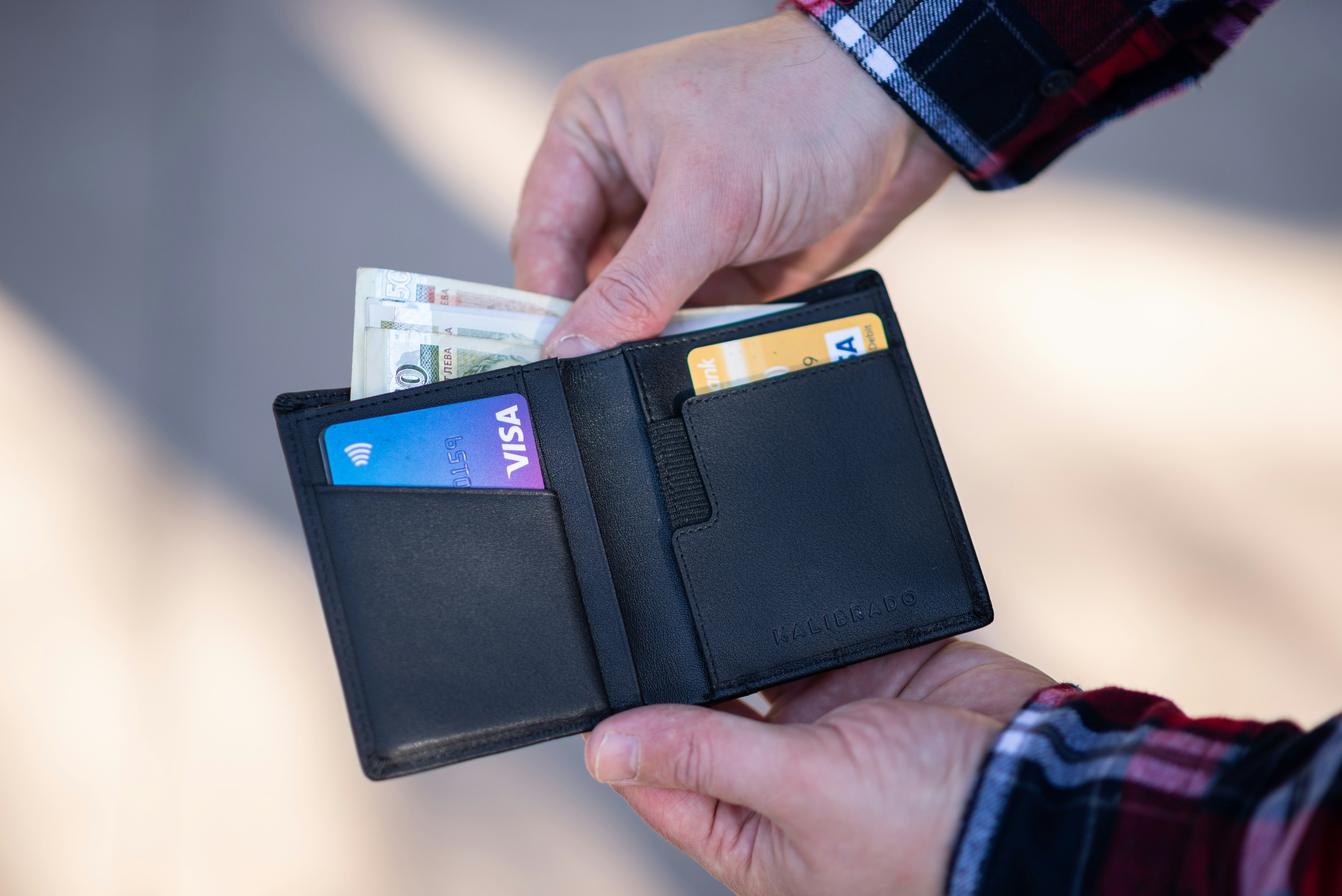The modern guide to fast, everyday international money transfers
The modern guide to fast, everyday international money transfers highlights secure digital platforms, competitive exchange rates, and low transaction fees. Discover how real-time currency conversion, instant payment tracking, and regulated remittance services simplify cross-border payments. Learn key insights for seamless global transfers that save time and maximize value in today’s connected world.

Understanding International Money Transfer Basics
International money transfers involve sending funds from one country to another, typically converting from one currency to another in the process. The traditional method required visiting a bank branch to initiate a wire transfer, which often came with high fees and unfavorable exchange rates. Today’s options include online transfer services, mobile applications, and even peer-to-peer platforms that have dramatically improved accessibility, speed, and affordability. Most services operate on a similar principle: you create an account, provide recipient details, select the amount to send, and choose your payment method. The key differences lie in fees, exchange rates, delivery speed, and geographic coverage.
How to Find Money Transfer Services in Your Area
Finding reliable money transfer services locally provides the advantage of in-person assistance and sometimes cash pickup options for recipients. Many neighborhoods have multiple options, including bank branches, post offices, and dedicated money transfer outlets. To locate services in your area, you can search online business directories, use map applications, or check the websites of major providers like Western Union or MoneyGram, which typically feature location finders. Many supermarkets, convenience stores, and pharmacies also serve as agents for major transfer services. When evaluating local options, consider their operating hours, identification requirements, and whether they offer competitive rates for your specific transfer corridor.
Transferring Money from Credit Cards to International Accounts
Using credit cards for international transfers provides convenience but requires careful consideration. Most major transfer services and digital platforms accept credit cards as payment methods, making it a readily available option. However, credit card transfers typically incur additional fees compared to bank transfers or debit cards. Many credit card issuers treat these transactions as cash advances, which may trigger immediate interest charges and higher rates. Furthermore, the money transfer service itself might charge a supplemental fee for credit card payments, sometimes 3-5% of the transaction amount. Despite these costs, credit card transfers offer benefits including instant processing, rewards points with certain cards, and protection policies that may provide recourse if something goes wrong.
Comparing Methods to Transfer Funds Overseas
The landscape of international transfers offers multiple methods, each with distinct advantages. Traditional bank transfers provide security and familiarity but often come with higher fees and slower processing times. Online money transfer services like Wise (formerly TransferWise), WorldRemit, and OFX typically offer more competitive exchange rates and lower fees than banks. Mobile payment apps have expanded internationally, allowing transfers between users in different countries. Cryptocurrency transfers present another alternative, offering potentially lower costs for larger amounts but with exchange rate volatility. For business transfers, specialized forex services may provide better rates for large transactions. The ideal method depends on factors including transfer amount, destination country, speed requirements, and recipient’s preference for receiving funds.
Finding the Best Way to Transfer Money Internationally
The optimal method for international transfers varies based on individual needs and circumstances. For recurring transfers, establishing a relationship with a provider offering loyalty benefits may prove advantageous. For emergency transfers, services offering instant delivery take priority over cost considerations. For large transfers, even small differences in exchange rates can significantly impact the final amount. Many experienced international transferers maintain accounts with multiple services to capitalize on promotional rates or service strengths for specific corridors. Important factors to consider include total cost (combining upfront fees and exchange rate margins), delivery timeframe, maximum and minimum sending limits, payment and receiving options, and the reliability of customer service.
Comparing Major International Money Transfer Providers
When selecting an international money transfer service, understanding the differences between providers is essential for making informed decisions.
| Provider | Transfer Speed | Fee Structure | Exchange Rate Margin | Special Features |
|---|---|---|---|---|
| Wise | 0-2 business days | Fixed fee + % | 0.4-0.7% | Mid-market rates, multi-currency accounts |
| XE | 1-4 business days | No direct fee | 0.8-2% | Rate alerts, no maximum transfer limit |
| WorldRemit | Minutes to 1 day | Fixed fee | 1-3% | Cash pickup, mobile money options |
| OFX | 1-5 business days | No direct fee | 0.5-2% | 24/7 customer service, no maximum limit |
| Western Union | Minutes to 5 days | Variable fee | 1-4% | Extensive global network, cash pickup |
Prices, rates, or cost estimates mentioned in this article are based on the latest available information but may change over time. Independent research is advised before making financial decisions.
Security Considerations for International Money Transfers
Security remains paramount when sending money internationally. Reputable providers implement multiple safeguards including encryption, two-factor authentication, and transaction monitoring systems. Before using any service, verify its regulatory compliance in both sending and receiving countries. Most legitimate services register with financial authorities such as the Financial Conduct Authority (FCA) in the UK or FinCEN in the US. Be wary of offers that seem too good to be true, particularly exceptionally low fees combined with favorable exchange rates. When sending larger amounts, consider splitting the transfer into smaller portions until establishing trust with a new provider. Many services offer tracking systems that allow both sender and recipient to monitor the transfer’s progress, providing peace of mind and transparency throughout the process.
International money transfers have transformed from slow, expensive processes into accessible, everyday financial tools. The proliferation of digital services has intensified competition, generally benefiting consumers through improved rates, reduced fees, and faster delivery times. By understanding the various options available and considering your specific needs, you can select the most appropriate service for your international transfer requirements while avoiding unnecessary costs and delays.




